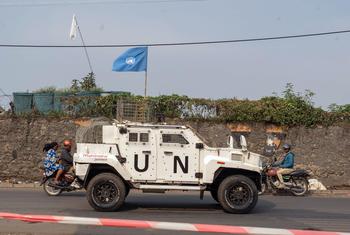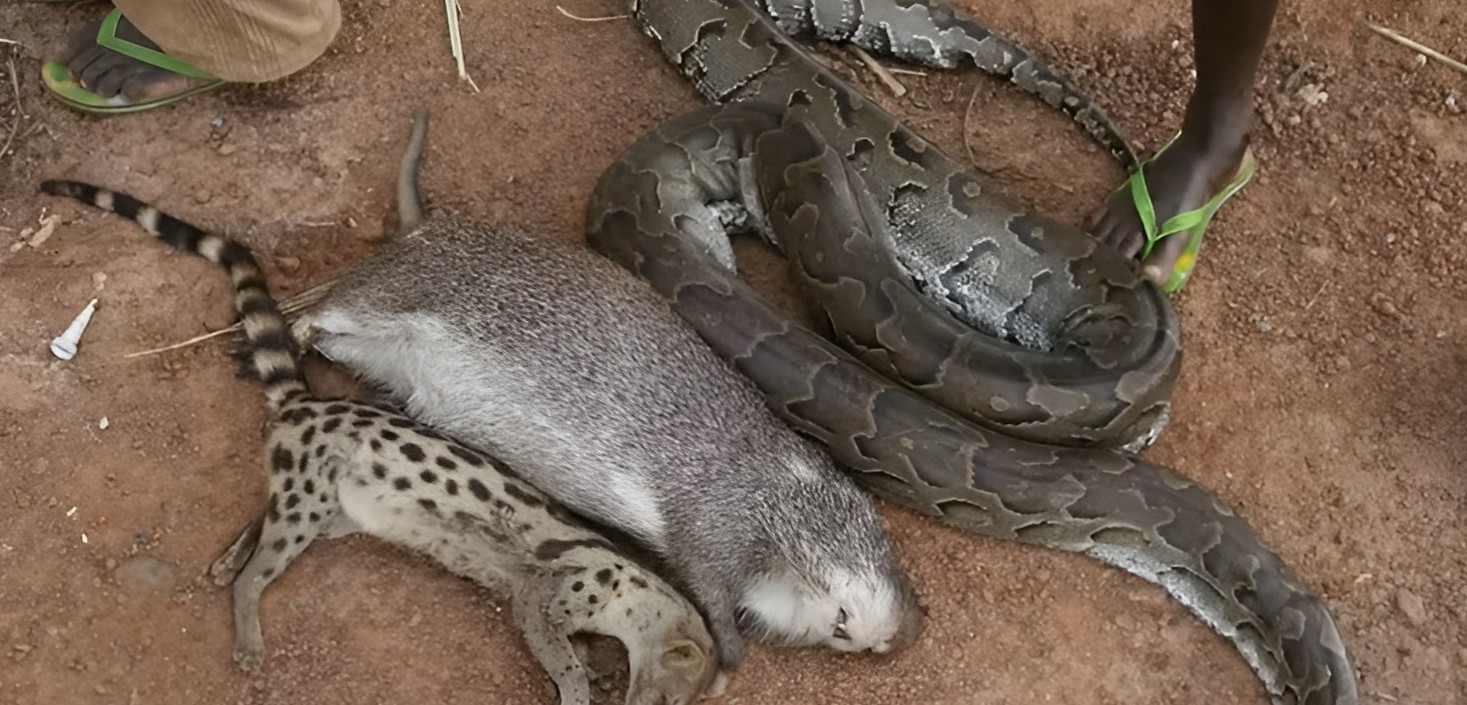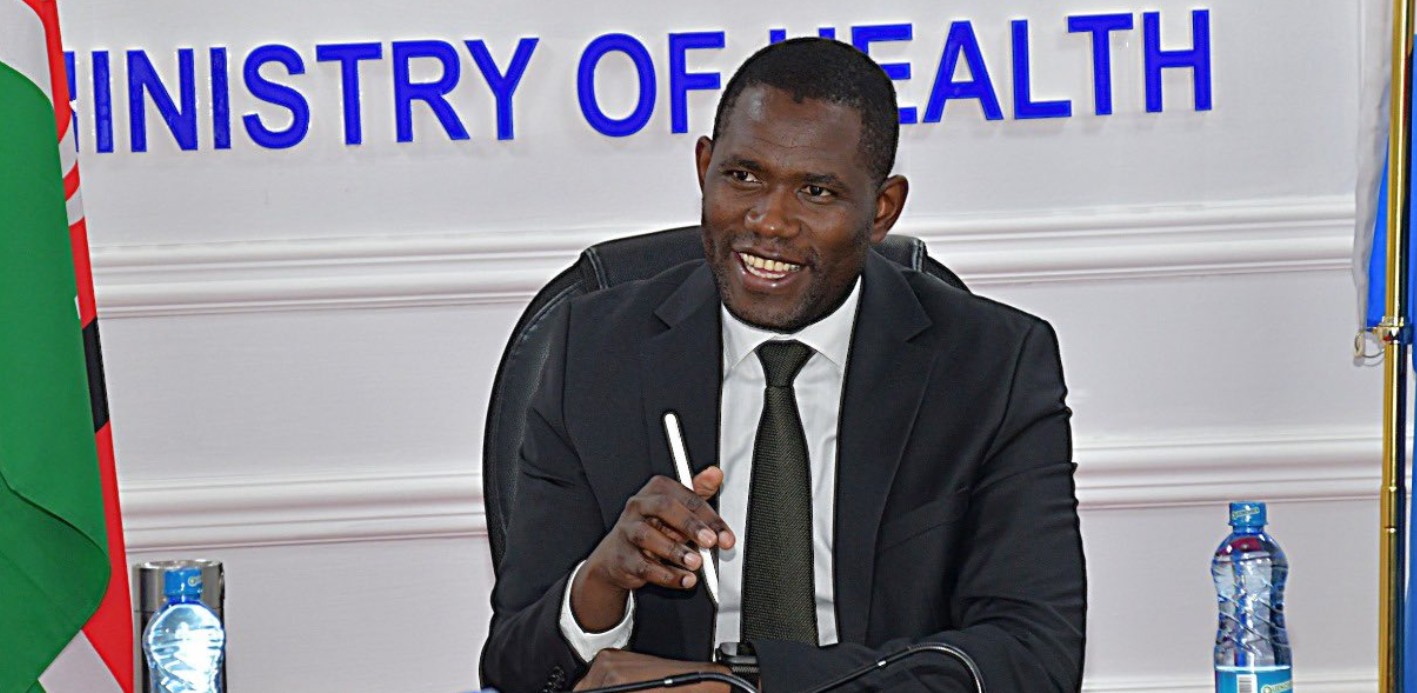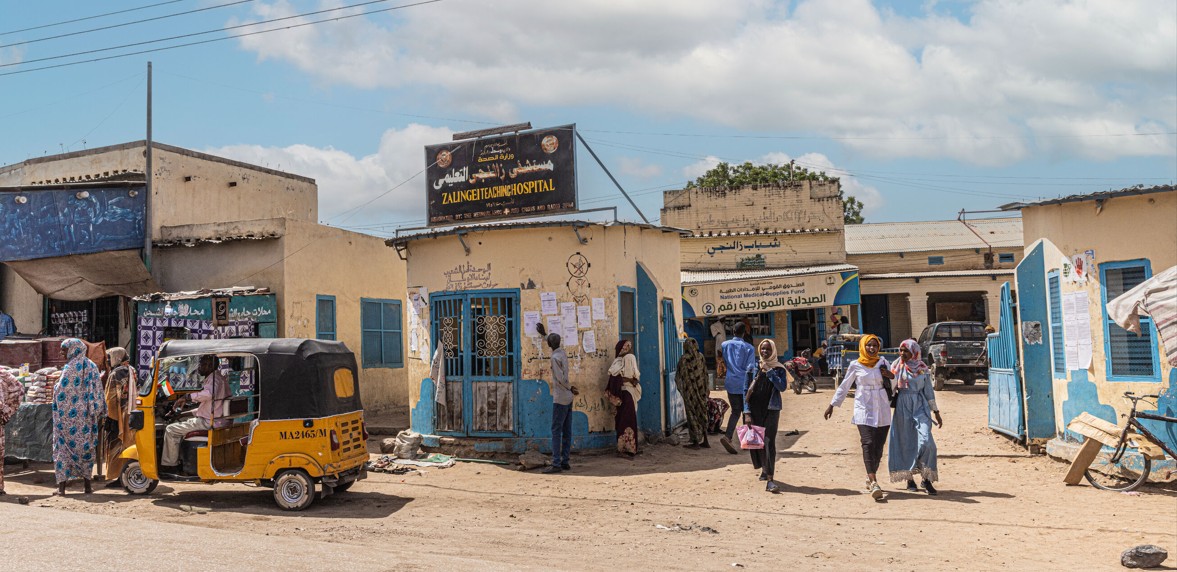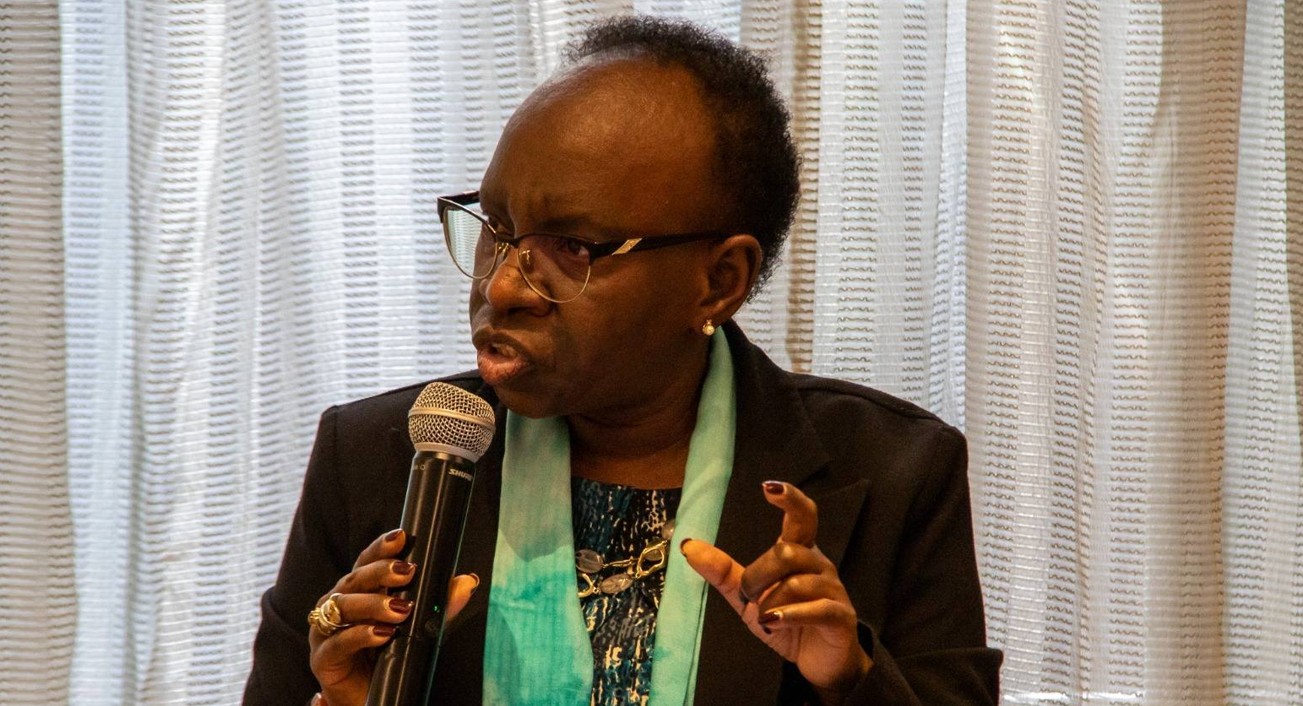Diphtheria cases surge in Somalia amid sharp US aid cuts

According to the World Health Organisation (WHO), some carriers may not show symptoms but can still transmit the infection, while others may develop mild to severe symptoms, with complications that can include heart and nerve damage, and in some cases, death.
Somalia recorded more than 1,600 cases of diphtheria in 2025, including 87 deaths, up from 838 cases and 56 fatalities in 2024, highlighting an alarming surge in the disease.
Diphtheria is a highly contagious disease caused by toxin-producing bacteria that can spread when an infected person coughs or sneezes.
More To Read
- Somalia launches Danabeysan digital signature system to streamline government payments
- Over 600 million Africans still need treatment for neglected tropical diseases, WHO warns
- Why Kenya is seeking external support for counter-terrorism operations in Somalia
- 11 Al-Shabaab militants, including senior leader, killed in airstrike
- China reacts harshly to US senator’s Somaliland remarks
- A two-way street: Reversing brain drain in Somalia
According to the World Health Organisation (WHO), some carriers may not show symptoms but can still transmit the infection, while others may develop mild to severe symptoms, with complications that can include heart and nerve damage, and in some cases, death.
Symptoms usually appear 2–5 days after exposure and include fever, sore throat, swollen neck glands, and weakness. Within 2–3 days, a thick grey coating of dead tissue can form in the nose, tonsils and throat, making breathing and swallowing difficult.
The disease can affect anyone, but it is most dangerous in unvaccinated children under five, with fatality rates around 30 per cent for untreated cases. Vaccination is the most effective way to prevent diphtheria from spreading.
According to Health Minister Ali Haji Adam, the surge in cases has been curtailed by the unavailability of vaccines, amid international funding cuts by the United States and other international partners.
Before US President Donald Trump decided to slash much of the foreign aid earlier this year, the United States was Somalia's top humanitarian donor, providing the bulk of support for the country's health sector, which relies heavily on international funding.
US foreign aid to Somalia for the current fiscal year, which ends September 30, totals $149 million (Sh19.2 billion), a sharp decline from $765 million (Sh98.8 billion) allocated in the previous year, according to official US government figures.
"The US aid cut terribly affected the health funds it used to provide to Somalia. Many health centres closed. Mobile vaccination teams that took vaccines to remote areas lost funding and now do not work," said Adam, according to Reuters.
According to the humanitarian organisation, Save the Children, the combined number of cases of five infectious diseases has doubled in Somalia since mid-April as aid cuts force hundreds of health clinics to close, with children under five the worst impacted
"Since April, cases of measles, diphtheria, whooping cough, cholera and severe respiratory infections have doubled from about 22,600 to over 46,000, with children under five representing around 60% of cases," Save the Children said in late July.
"At least 357 new suspected cases of measles, diphtheria or cholera – all of which can be prevented by vaccines - were reported among under-fives in the past week alone."
Other Topics To Read
Top Stories Today




